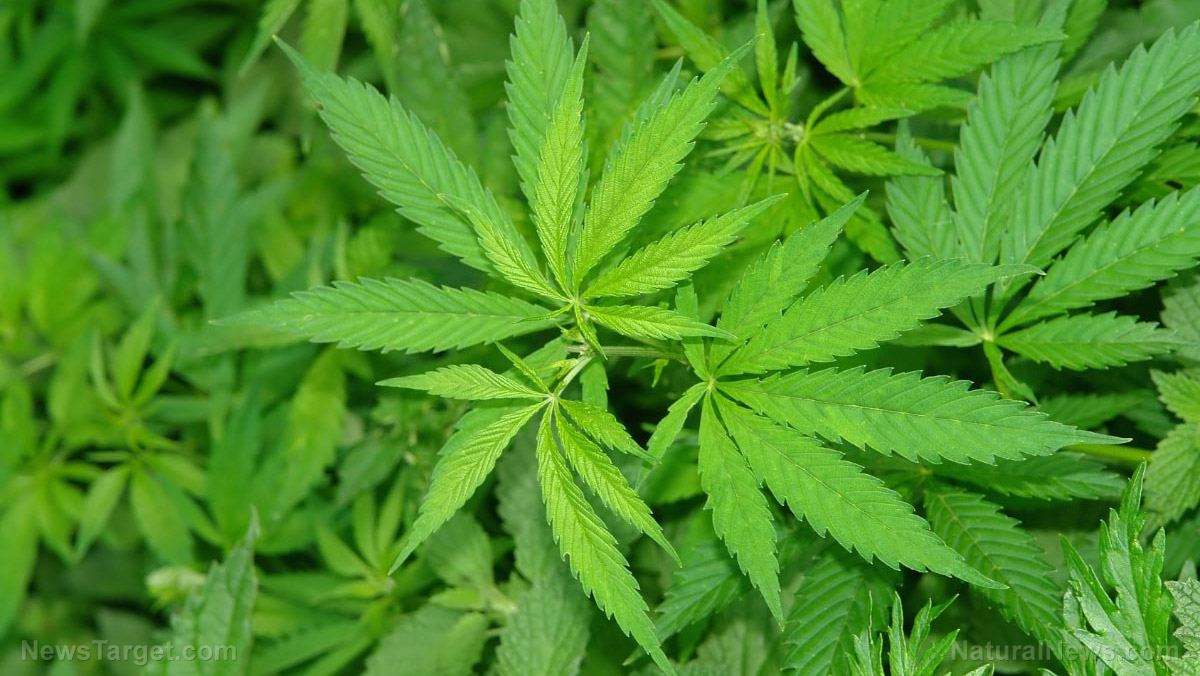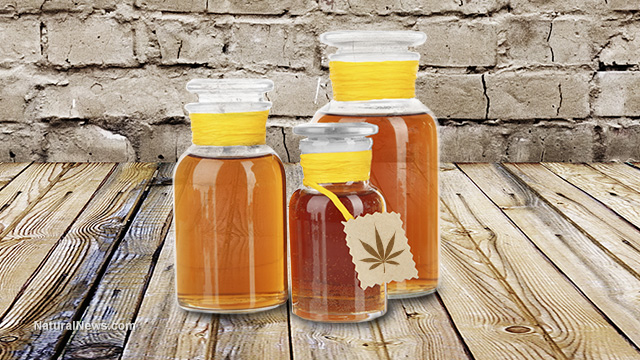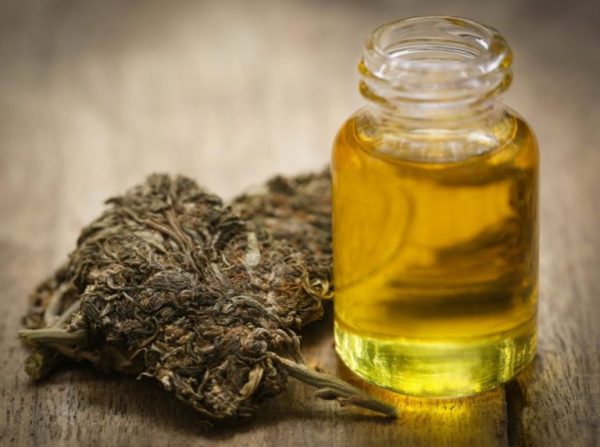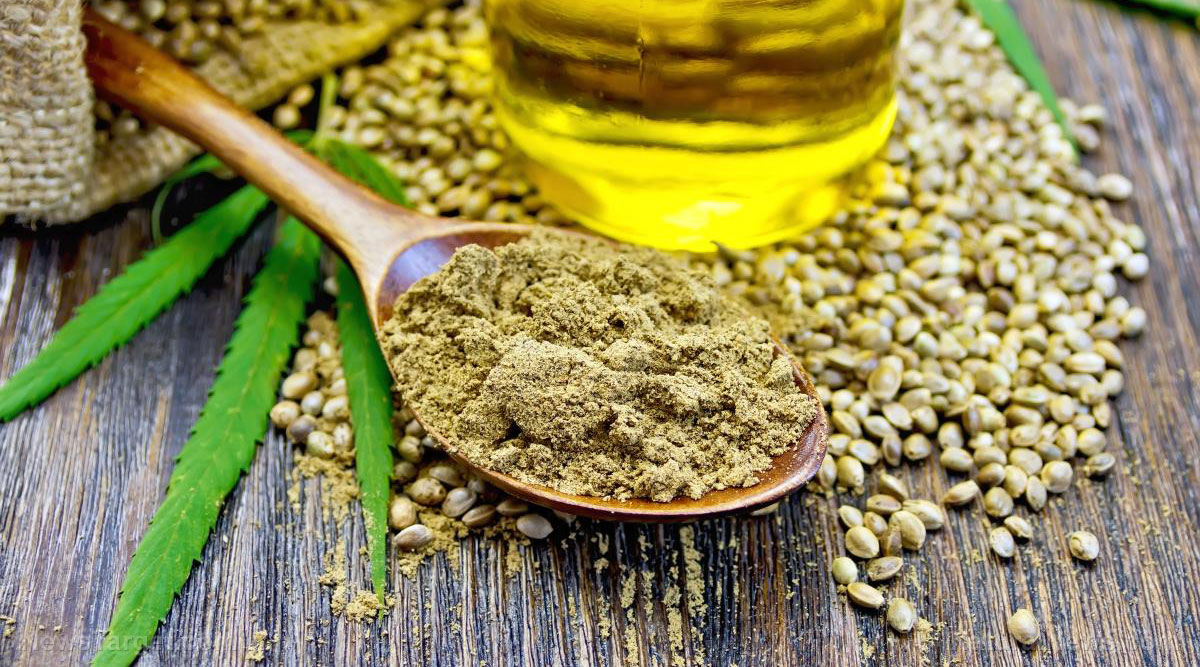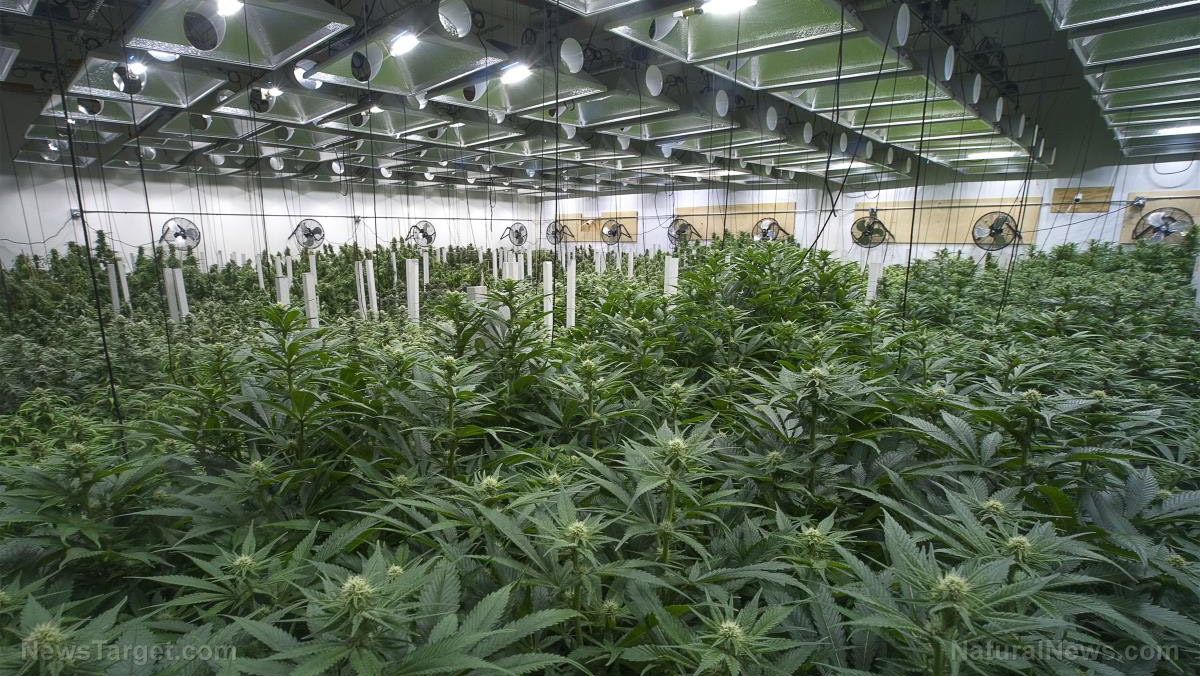Hemp can’t get you high, but it can get high-tech
11/16/2016 / By hempscience
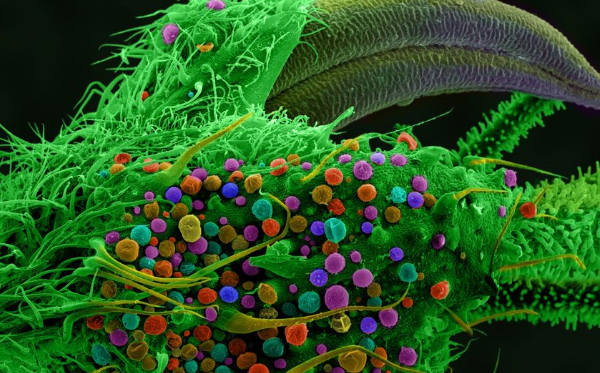
Marijuana is an ancient plant with borderline mystical properties — just ask the 266 million people who smoke it every year. Hemp, the industrial strain of Cannabis sativa, has been used for many purposes — food, fuel and textiles among them — for tens of thousands of years. Unlike its sister strain, hemp can’t get you high. But much like the drug, it has extraordinary qualities.
Article by Don Basile
America is no stranger to hemp. In fact, Betsy Ross sewed the first American flag with hemp and George Washington farmed it at Mt. Vernon. Unfortunately, its full potential was never realized; drug restrictions that banned marijuana suppressed hemp, too. This spurious conflation quashed the industry for about 60 years, until a 2014 farm bill defined it as an agricultural crop, leaving the door ajar to American farmers.
As marijuana laws continue to loosen across the country — and the world — it looks like hemp could be brought back in a big way. With China leading in worldwide hemp production and Canada having capitalized on it during America’s drug war, now is the time to get in the game. In today’s fast-paced and tech-driven world, this means re-adopting the plant for today’s innovation economy.
Hemp could make a huge difference in everyday products, certainly. But even more exciting are the groundbreaking research and high-tech products it’s already spearheading.
Amazing properties
Before we launch into some of hemp’s cooler applications, it’s important to understand just what makes hemp so unique.
First and foremost, hemp is incredibly environmentally friendly. Instead of depleting the land’s nutrients, like cotton does, hemp actually puts nitrogen back into the soil. It takes less water, but produces more plants per acre (for reference, one acre of hemp produces four times the paper an acre of trees does.) Its low lignin content and natural brightness reduces the need for pulping and bleaching, meaning fewer chemicals are needed all around.
Hemp grows in a wide variety of soils and climates, so it can be harvested in all 50 states (though only about half legally). It’s one of the strongest plant fibers and is naturally resistant to weeds and pests. It harvests quickly, growing 10 to 20 feet in just four months.
Then you have hemp seeds, an incredible source of protein. More than 25 percent of their calories come from high-quality protein, considerably more than similar foods like chia seeds and flax seeds. Various studies have linked them to a reduction in risk of heart disease and easing of PMS and digestion.
Hemp is also ideal for the production of ethanol, the cleanest-burning liquid bio-alternative to gasoline. Combustion releases water vapor and CO2, which plants absorb.
It’s no wonder hemp is called a smart plant, as it seems almost too good to be true, especially in a world rife with environmental and climate concerns. Considering farmers need the DEA’s approval before sowing seeds, there is still a barrier to entry — for now, anyway.
Future-forward applications
Restrictions aside, preliminary research has yielded results that only confirm hemp’s potential, and not just as an everyday alternative to cotton and wood, but for high-tech innovations.
Ever heard of graphene? Hemp fiber is also incredibly strong and light, and Dr. David Mitlin, a scientist from Clarkson University in New York, says his team has mimicked the nanomaterial’s amazing qualities using hemp waste. According to Dope Magazine:
Dr. Mitlin and his team were able to recycle leftover hemp-based fiber, cook it down and then dissolve it until carbon nanosheets that resembled the structure of graphene were left behind. They proceeded to build these nanosheets into powerful energy-storing supercapacitors with high energy density, thus creating a hemp based “graphene.”
The best part? This graphene-like hemp costs only a fraction of the price of traditional graphene: $500 a ton compared to $2,000 per gram. Dr. Mitlin also suspects the hemp-based product could outperform graphene.
Another amazing product is hempcrete, a concrete made with hemp and lime. For construction, hempcrete is essentially a super-concrete: Its negative CO2 footprint alleviates the greenhouse effect and improves air quality. Its natural insulation keeps homes warm or cool, reducing need for energy. Its resistance to cracks under high pressure makes it well-suited for earthquake-prone areas. It’s even mold, fire and termite proof.
Hemp also can be used to create bacteria-fighting fabrics. As early as the 1990s, scientists in China were developing blended hemp fabrics with superior resistance to staph in order to prevent sometimes fatal infections in hospitals. Considering at least two millionAmericans get staph infections when hospitalized, and 90,000 die, this could be a life-saving innovation here in the U.S.
Luckily, Colorado company EnviroTextiles is on it. The company’s hemp-rayon fabric blendhas shown in preliminary studies to be 98.5 percent staph resistant and 65.1 percent pneumonia-free. In addition, EnviroTextiles offers hemp fabric resistant to UV and infrared wavelengths, ideal for military purposes.
What’s next?
These are just a few of the many high-tech and future-forward applications hemp has. As a form of sustainable agriculture, hemp farming holds enormous potential — for the planet, the economy, and even veterans seeking employment. Once the hemp is produced, it may not get you high, but figuratively, the sky’s the limit.
After all, how fitting is it for an ancient plant, used both 10,000 years ago and in early America, to continue its legacy in our modern world? Betsy’s hemp-based flag became a symbol for the country, which is now a leader in technological innovation. It would be foolish not to take the bull by the horns and ride it.


